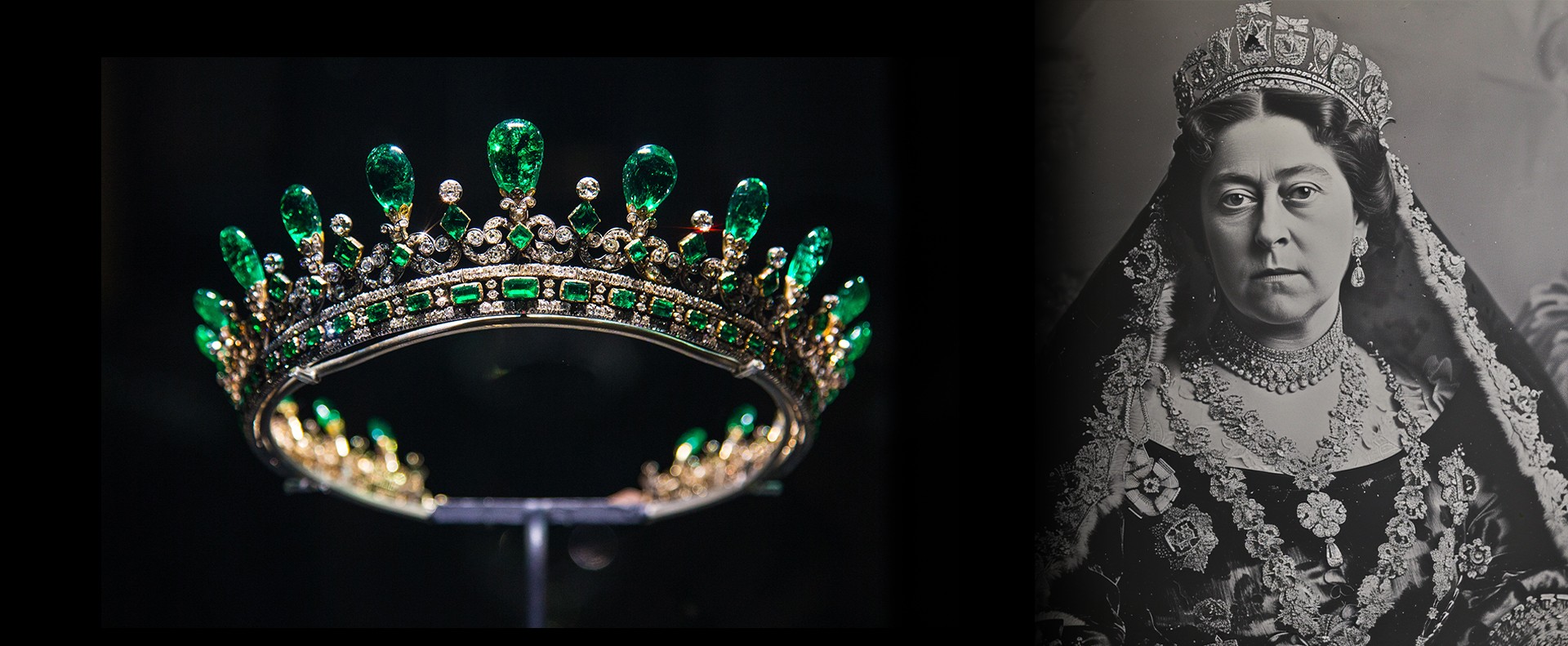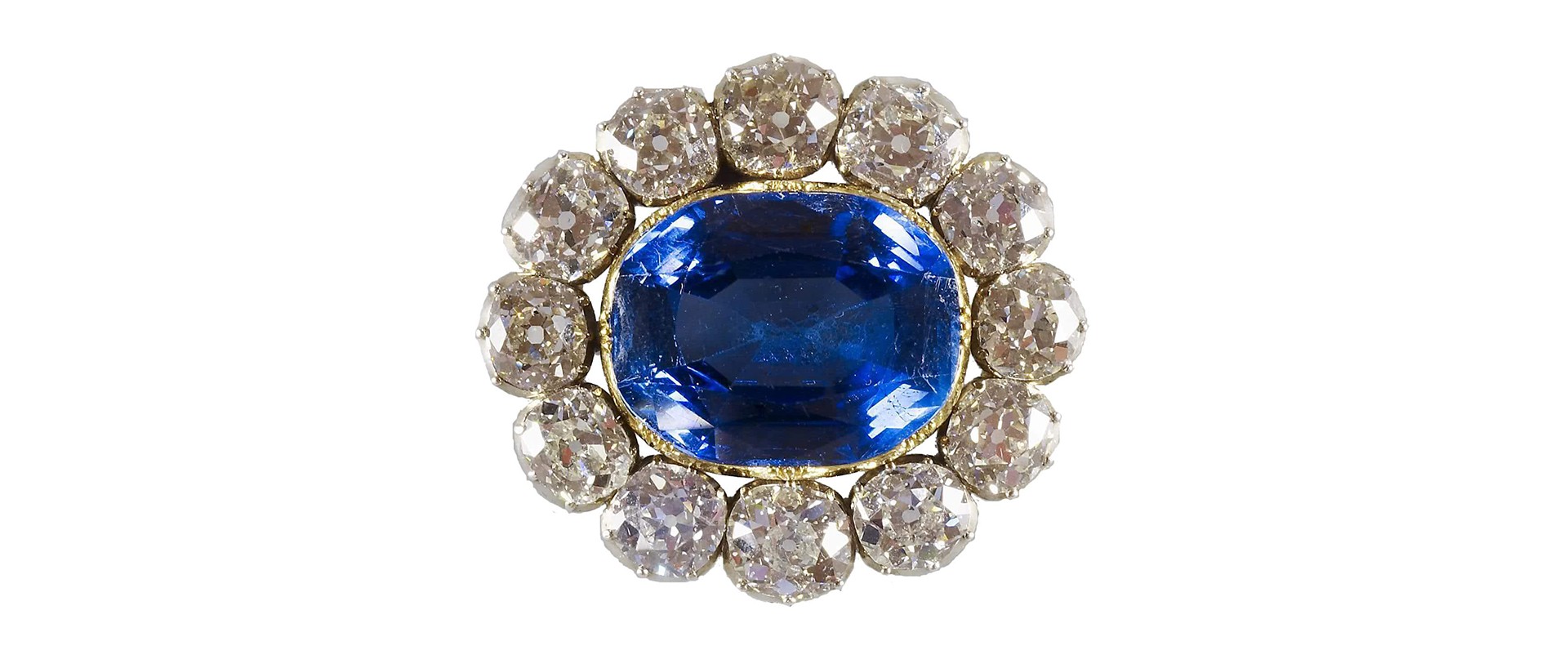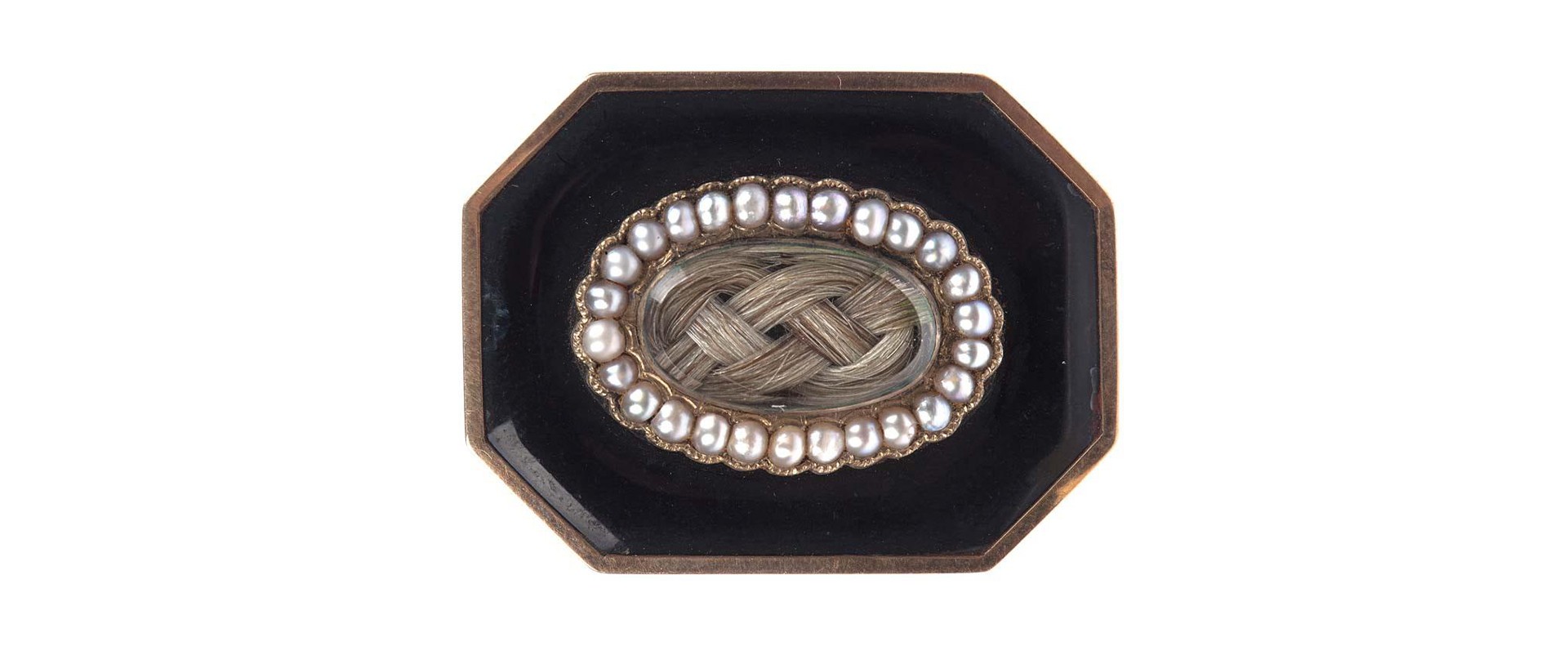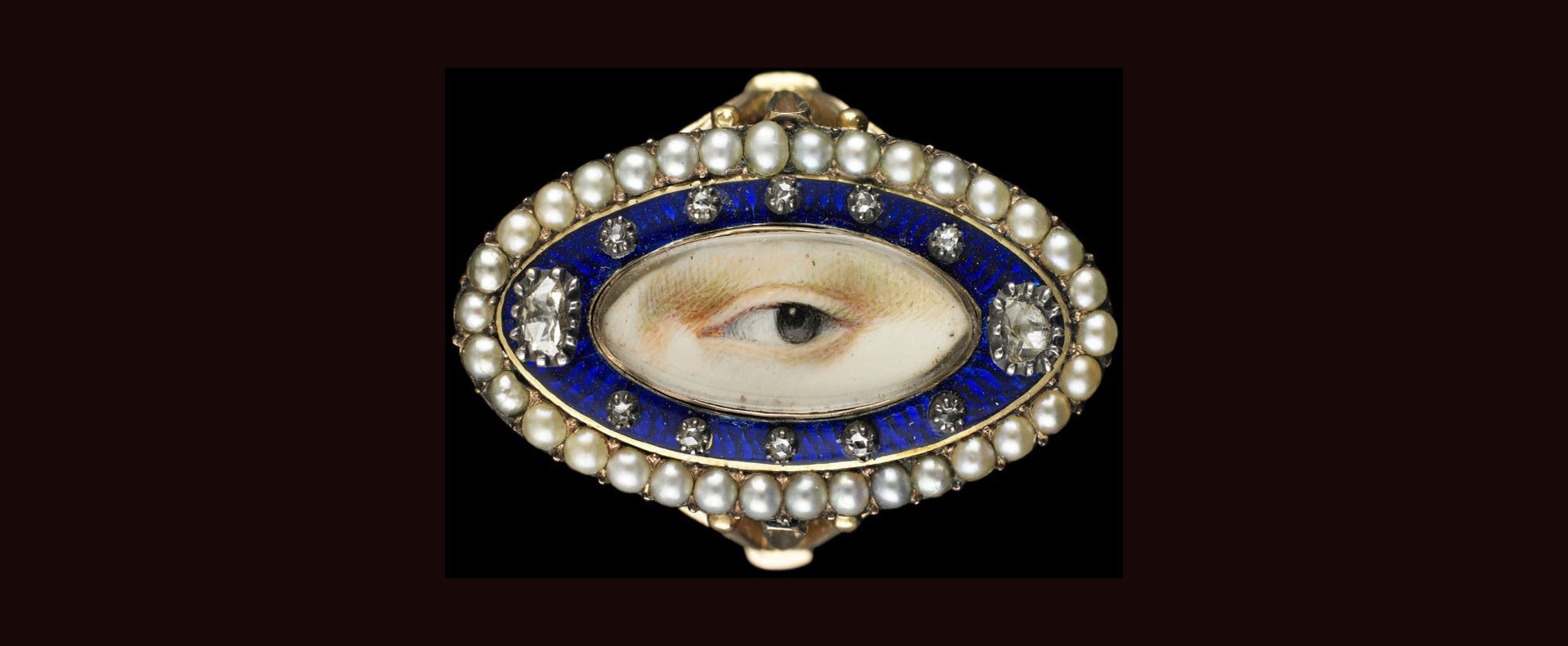Victorian Jewelry: Sentimental and Romantic (and also a Bit Macabre)

Jewelry as a symbol of emotional bonds, for life and even beyond: this was the meaning of Victorian jewelry, born in England during the reign of Queen Victoria and becoming famous first as “sentimental jewelry” and then as “mourning jewelry”. The fortune of such a particular goldsmith’s art is closely linked to the life of a sovereign who marked not only English history, but also that of fashion and jewelry.
Queen Victoria and Her Passion for Jewelry
The Victorian era is the period in English history that coincides with the reign of Queen Victoria, from 1837 to 1901. It was an era characterized by political and economic reforms and by great growth in culture and the arts.
Queen Victoria, who was only 18 years old when she ascended to the throne, from a young age had a great passion for jewelry, which began during childhood when she received from her mother a locket with a lock of her father’s hair, who died when Victoria was just a few months old. The sovereign held her jewels so dear that she chose fabrics for her dresses in such a way as to highlight necklaces and brooches.
Victorian jewelry, already a symbol of elegance for English ladies, became even more popular after her marriage in 1840 to Prince Albert: the consort, in fact, loved to personally design the precious pieces to give to his wife.
The queen, deeply attached to her husband, never got over his death in 1861, and for the rest of her life wore only black clothing. She therefore also changed the style of her ornaments, which became known as “mourning jewelry”.
The Two Periods of Victorian Jewelry
The goldsmith’s art of the Victorian era was marked by two phases, which coincided with the personal events of Queen Victoria.
Sentimental Jewelry
Characterized by the romanticism that already dominated the arts, these jewels expressed emotional bonds. They often used symbols inspired by nature: ivy leaves represented friendship and marriage, the serpent wisdom, intertwined hands eternal love.
Lockets were very fashionable, often containing locks of hair from the beloved person: Queen Victoria also owned one, with Prince Albert’s hair. Brooches were also very popular, pinned to dress closures under the neck. Necklaces were less common because dresses had no décolletage, but the popularity of updos marked the return of earrings. The jewelry was made of yellow gold, with pearls, coral and garnets.
Mourning Jewelry
With the death of Prince Albert began the second period of Victorian jewelry, that of jewels that remembered beloved deceased persons. They had already emerged at the end of the 1700s, but became truly popular during Queen Victoria’s long widowhood. The sovereign had numerous pieces of jewelry made in memory of her husband and gave them to relatives and friends: thus the mourning style spread, greatly influencing the fashion of the time.
The most used material was jet, a sort of mineral of plant origin, black in color, but onyx and black glass were also used. People began to weave the hair of deceased persons into jewelry, making it an ornamental element; in some cases teeth were also used. Pendants with miniatures of the deceased’s face and rings with their initials became fashionable.
Victorian Mourning Jewelry
This style became so popular that it created different types of mourning jewelry. Various examples are preserved at the Victoria & Albert Museum in London, the decorative arts museum founded in 1852.
“Memento mori” jewelry
The name derives from the Latin “remember that you must die” and represents the typical jewelry of the era, with all the symbols related to death: skulls, cypresses, weeping willows, tombs, urns. Skull-shaped rings were very common.
“The eye that watches you”
In addition to miniatures of the face, many Victorian jewels featured, on brooches and pendants, the drawing of an eye of the deceased, which symbolized the continuity of the emotional bond beyond death. They were painted on ivory or paper.
Religious symbols
Mourning was closely linked to religiosity and very frequent on jewelry were the symbols that recalled worship. Crosses were among the most common pendants, hanging from necklaces or velvet ribbons that encircled the neck. Among the subjects that recalled the eternal bond with the deceased were also hearts, knots and intertwined hands.


